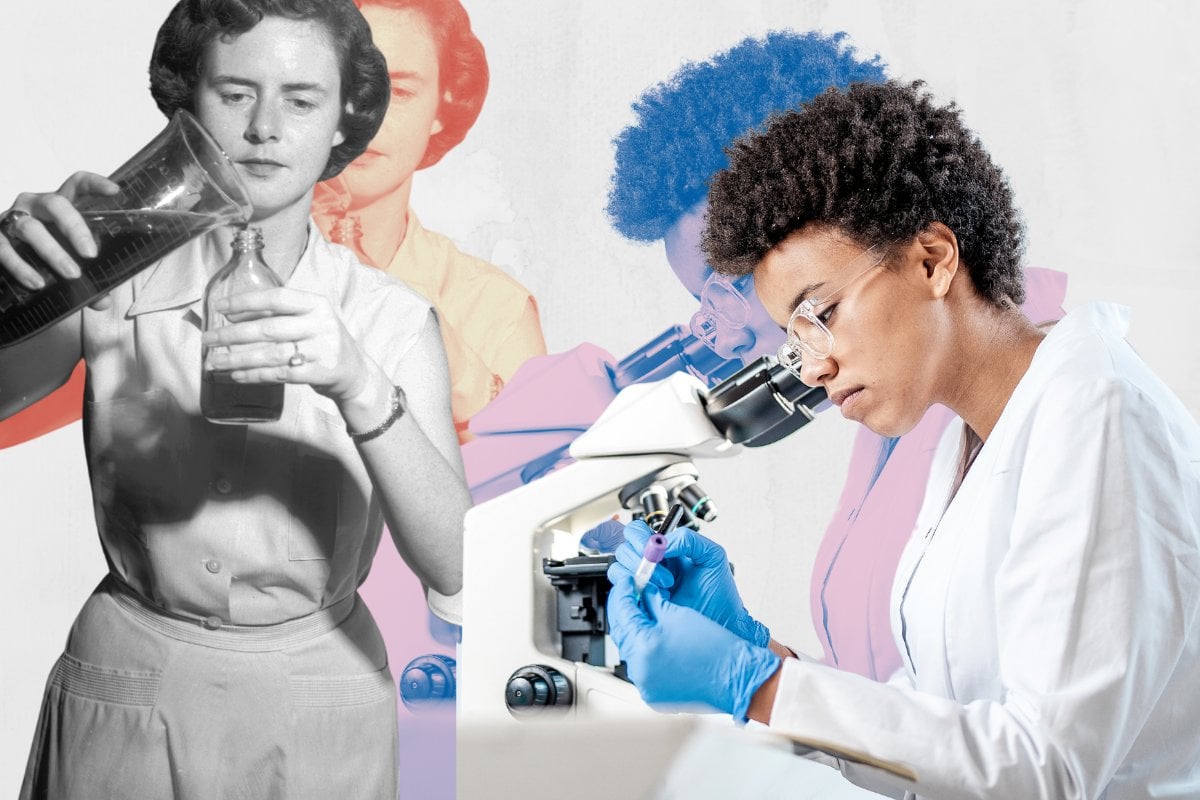
A new report conducted by Professional Scientists Australia has shed light on statistics that paint a frankly horrifying picture of inequality in science. And we need to talk about it. In fact, everyone should be talking about it.
These are women that have the potential to make life-changing and life-saving discoveries, whether that be in medicine, slowing global warming or protecting wildly important eco habitats. But it seems that they are being stunted in their ability to grow and change the world due to three major areas.
Firstly, pay.
Female scientists received just 82.9 per cent of the remuneration received by their male counterparts. That’s a 17.1 per cent gender pay gap - well above the national average of 13.9 per cent. Beyond that, 27 per cent of female scientists had also not received a pay increase in the last year, meaning pay growth was also behind schedule for these workers.
For those who prefer to be shocked in dollars rather than percentages, this works out to around $21,000 less in the pockets of women doing exactly the same job as their male colleagues - who are getting pay rises on top of that and further increasing the gender pay gap.
Watch a video imagining if scientists were celebrities. Post continues after video.


Top Comments